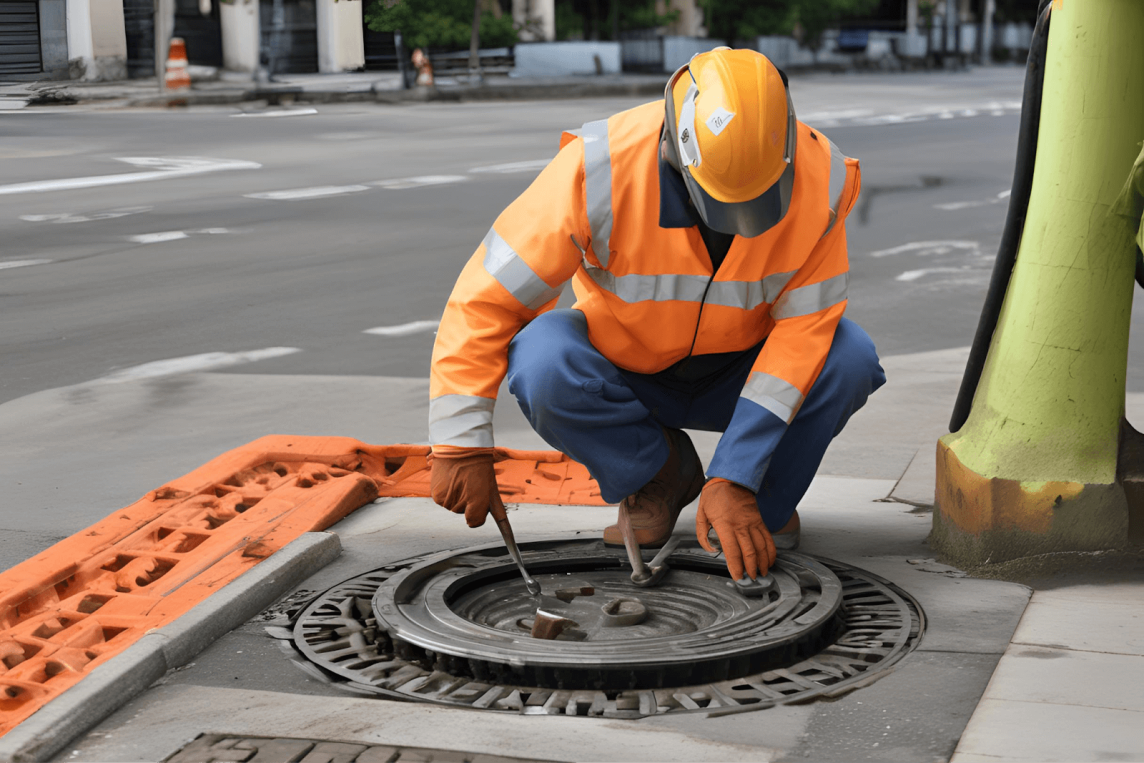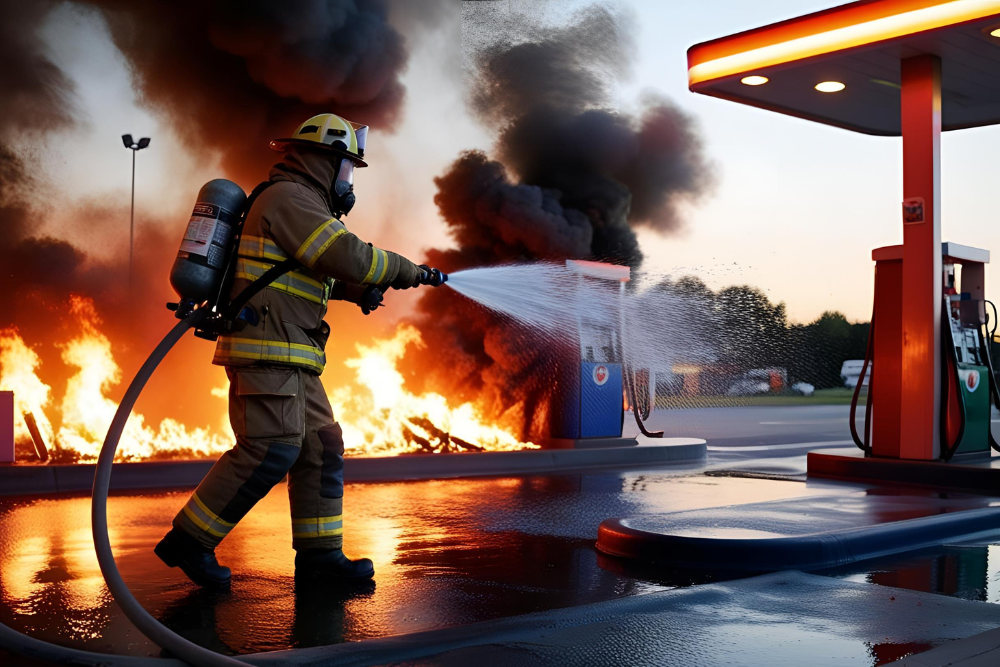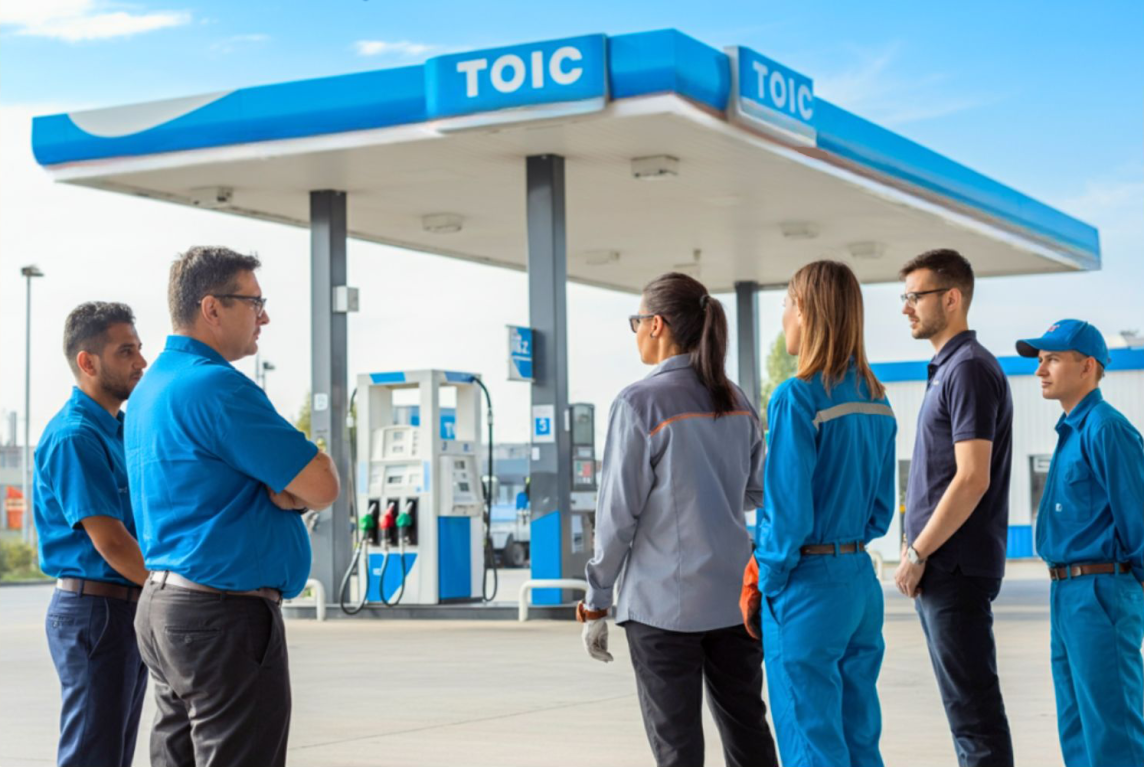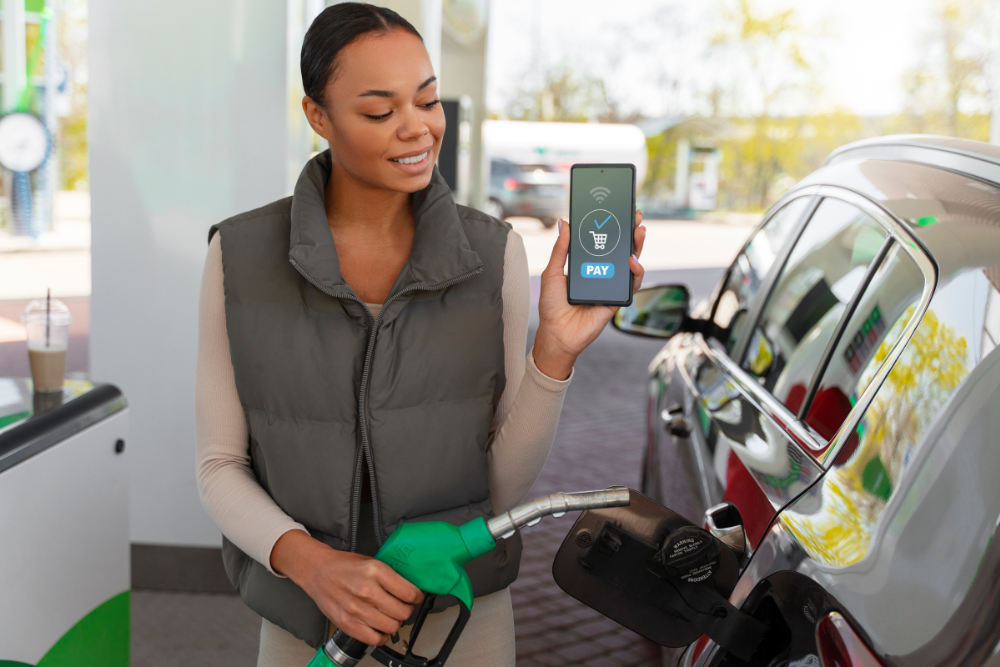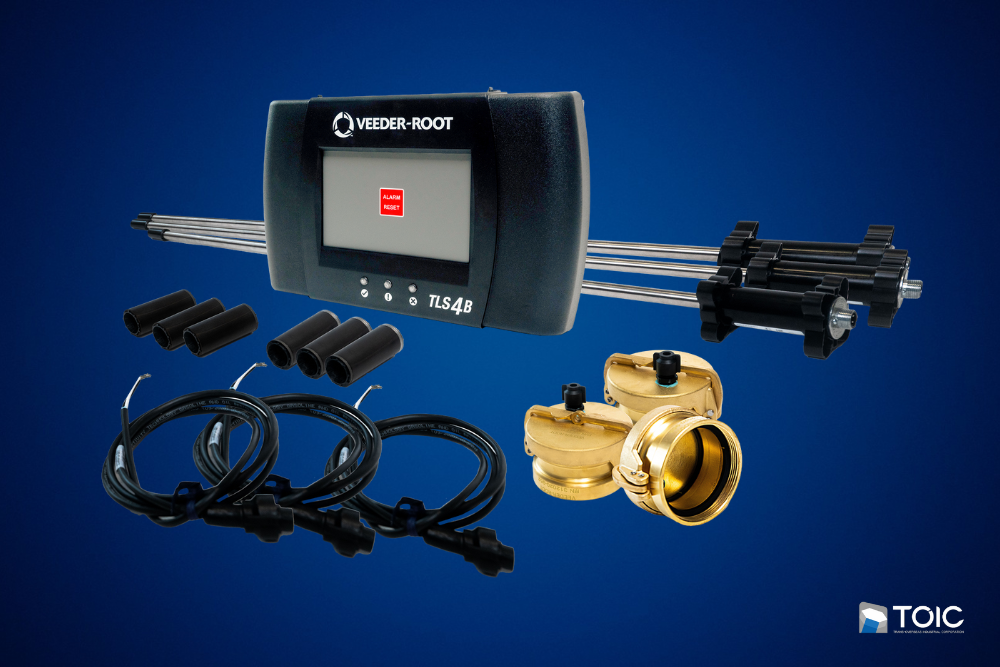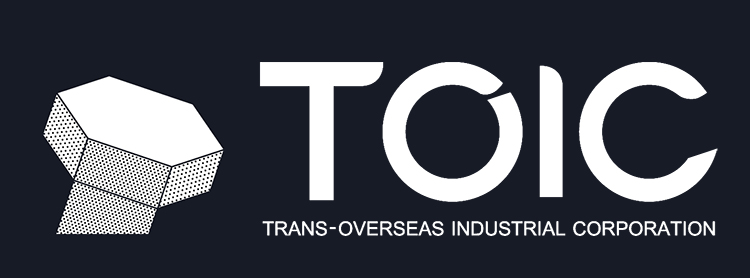Manhole cover may seem like minor details in a gas station, but they serve a critical role in protecting the systems that keep operations running. These covers provide access to underground fuel tanks, electrical lines, and drainage systems—components that are critical to daily function and safety.
A poorly chosen or damaged cover can lead to serious problems like fuel vapor leaks, water intrusion, equipment corrosion, or even customer accidents. That’s why manhole covers shouldn’t be treated as simple hardware—they should be part of your station’s overall safety strategy, maintenance planning, and compliance efforts.
Material Options: Know the Difference
Manhole covers come in different materials, and each serves a purpose. Cast iron is strong and widely used, but it’s heavy and prone to rust. Steel offers a bit more flexibility but still requires rust protection. Composite covers are lightweight, corrosion-resistant, and safer to lift, making them ideal for stations focused on safety and ease of maintenance. Understanding where and how the cover will be used helps you pick the right material for the job.
Check the Load Rating
Gas stations deal with constant vehicle movement, including heavy tankers. A manhole cover with a low load rating will wear out quickly or fail under pressure. Look for covers rated D400 or above to handle the weight safely. It’s not just about durability—it’s also about preventing accidents and keeping your underground systems protected.
Sealing and Vapor Protection
In fuel stations, sealing matters. Vapors escaping from underground tanks aren’t just a fire hazard—they can also lead to environmental issues and regulatory problems. Covers with tight seals or gaskets help trap vapors and block rainwater from seeping in. This protects the fuel system and helps your station stay compliant with safety standards.
Proper Installation Matters
No matter how high the quality, a manhole cover won’t perform well if it’s installed incorrectly. Uneven placement can cause rocking, water leaks, or premature damage. Make sure installation is done by professionals who understand petroleum environments. A proper fit ensures the cover stays stable, secure, and safe for both vehicles and foot traffic.
The Right Partner Makes All the Difference
Choosing the right cover is easier when you have the right support. At TOIC Solutions, we help gas station operators select covers that match the demands of their site. We consider factors like traffic load, fuel system layout, climate conditions, and regulatory standards. We also go beyond supplying products by offering expert advice and site-specific recommendations. Our team provides hands-on support to ensure everything works as it should both now and in the long term.
Whether you’re building a new station, upgrading old infrastructure, or responding to a compliance audit, TOIC Solutions is ready to assist at every stage. Our team understands the unique challenges of fuel station environments and brings the experience needed to recommend the right solutions, with clarity and confidence. With us, you’re not just buying a cover; you’re investing in reliability, safety, and peace of mind for your operations.
Why Choose TOIC Solutions?
Trans-Overseas Industrial Corporation (TOIC) Solutions, established in 1976, has been the trusted partner for fuel dispensers, fuel pumps, service station equipment, and the gas station industry in the Philippines. As a leading distributor of advanced fueling technology, we provide reliable, efficient, and durable solutions that enhance the performance of your fueling operations.
With years of expertise and strong partnerships with multinational corporations, TOIC delivers top-quality products, including automatic tank gauging, tank calibration, wetstock management, POS service station systems, and tank testing. If you’re looking to upgrade your fueling system, reduce operational costs, and ensure precision in every transaction, TOIC Solutions is the name to trust. Talk to us!
